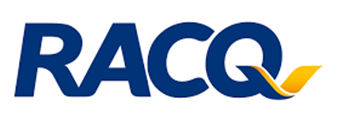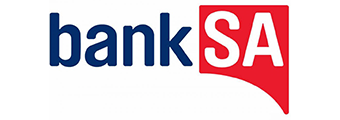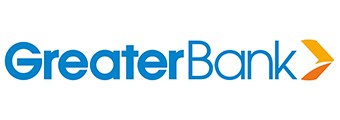Property investing remains one of the best strategies to build long-term wealth for many Australians. Just like when buying a new house, property investing involves getting a competitive investment home loan.
Investment home loans work the same way as owner-occupier loans, the only big difference is that you can only apply for an investment home loan for your investment property. Investment home loans can also be more expensive.
Types of investment home loans
Similar to owner-occupier home loans, investment home loans can come in either fixed or variable rates. A split investment home loan is also available for investors who want to enjoy the features of both types.
Fixed investment home loans
Fixed investment loans carry an interest rate that doesn’t change for a set period of time, usually between one and five years. Some lenders offer fixed terms of up to 10 years. This type of loan works well for investors who want repayment certainty, particularly those who are just starting their portfolios.
Variable investment home loans
Variable home loans have interest rates that generally follow the trend of the cash rate. When the Reserve Bank hikes the cash rate, variable rates usually follow. The same thing happens when the central bank cuts the cash rate. This type of loan can be good for investors who want to take advantage of the movement of the cash rate, especially if there are expectations that rates are about to decline.
Split investment home loans
Investors can set up their loans with one portion having a fixed rate and the other having a variable rate. Splitting is not restricted to 50:50 - it can be an 80:20 split, a 40:60 split, or whatever is agreed upon by you and the lender.
Investment loan repayment types
Investors can set up their repayments on either principal-and-interest (P&I) or interest-only (IO) repayment terms.
Principal-and-interest
Repayments under a P&I investment loan allow investors to reduce debt more quickly as they cover both the principal amount and the interest charged to the loan.
Interest-only
Under an IO investment home loan, investors are only paying off the interest portion of the loan, making the repayments smaller. The IO period is generally only available for a limited amount of time, usually between one and five years. Once the IO period lapses, the repayments revert to P&I loans. IO investment loans are popular given that repayments are often tax-deductible.
Must-have investment home loan features
There are several features that can help investors, particularly first-timers, save on their interest costs. Here are some important features of an investment home loan.
Offset account
An offset account works similarly to a high-interest-rate savings account linked to the home loan. Funds in the offset account are held against the home loan, which reduces the amount of principal being charged with interest.
Redraw facility
Extra repayments towards the loan are pooled into the redraw facilities, which investors can access if they find themselves in need of funds.
Offset accounts are usually more favourable for investors than redraw facilities as they usually operate as a separate facility to the investment loan. Withdrawal from an offset account does not impact the tax deductibility of the loan, unlike in redraw facilities.
Things to consider when looking for an investment home loan
It pays to check the market first before deciding which home loans to get. Investors must make an effort to compare a number of loans and lenders and see to it that they consider the following.
Competitive interest rates
Investment home loans often carry higher interest rates than owner-occupier loans. It is crucial for investors to use the comparison rate to know the true cost of the loan.
Introductory rates
Investors who want to enter the market with ease should consider getting a loan with an introductory rate, which is typically lower than the standard rates in the market. However, it is important to note that such rates often revert to relatively higher rates.
Fees
Any costs related to an investment home loan are tax deductible, but investors must see to it that they get a loan that has minimal to no fees if possible.
Features
Depending on their strategy, investors must make sure that their loans have features that can help them save in the long run.
Loan types
Investors must choose carefully when choosing between P&I and IO repayment terms or when deciding whether to get a fixed or a variable rate. These options fit different investment strategies.
Frequently asked questions
In many ways, investing in property is a viable way to build wealth and get a steady stream of passive income in the form of rent. Investors can also take advantage of tax benefits, which allow them to maximise their returns. However, it is crucial to know that investing has a high entry cost, which could be a major drawback, especially for beginners. Would-be investors must study the market first and ensure their finances are sound before making any major decisions.
Yes, investors can claim interest costs as a tax deduction. Other expenses that may be claimed as tax deductions include property taxes, management fees, council rates, and repair costs.
Many investors usually start with interest-only repayment terms for their home loans, given the lower monthly repayments which would help them settle in first, budget-wise, during the first few years of their loan. Fixed-rate options are also popular, given the certainty it provides that makes budgeting easy, particularly for new investors.
Since investment home loans are deemed risky, lenders often require investors to meet the typical 20% deposit requirement.
Investment home loans work the same as owner-occupier loans, but lenders often put investors in a higher risk profile, hence the higher rates. Lending rules are also more stringent for property investors.
Get the latest property investor news & expert insights delivered
By subscribing you agree to our privacy policy.

















